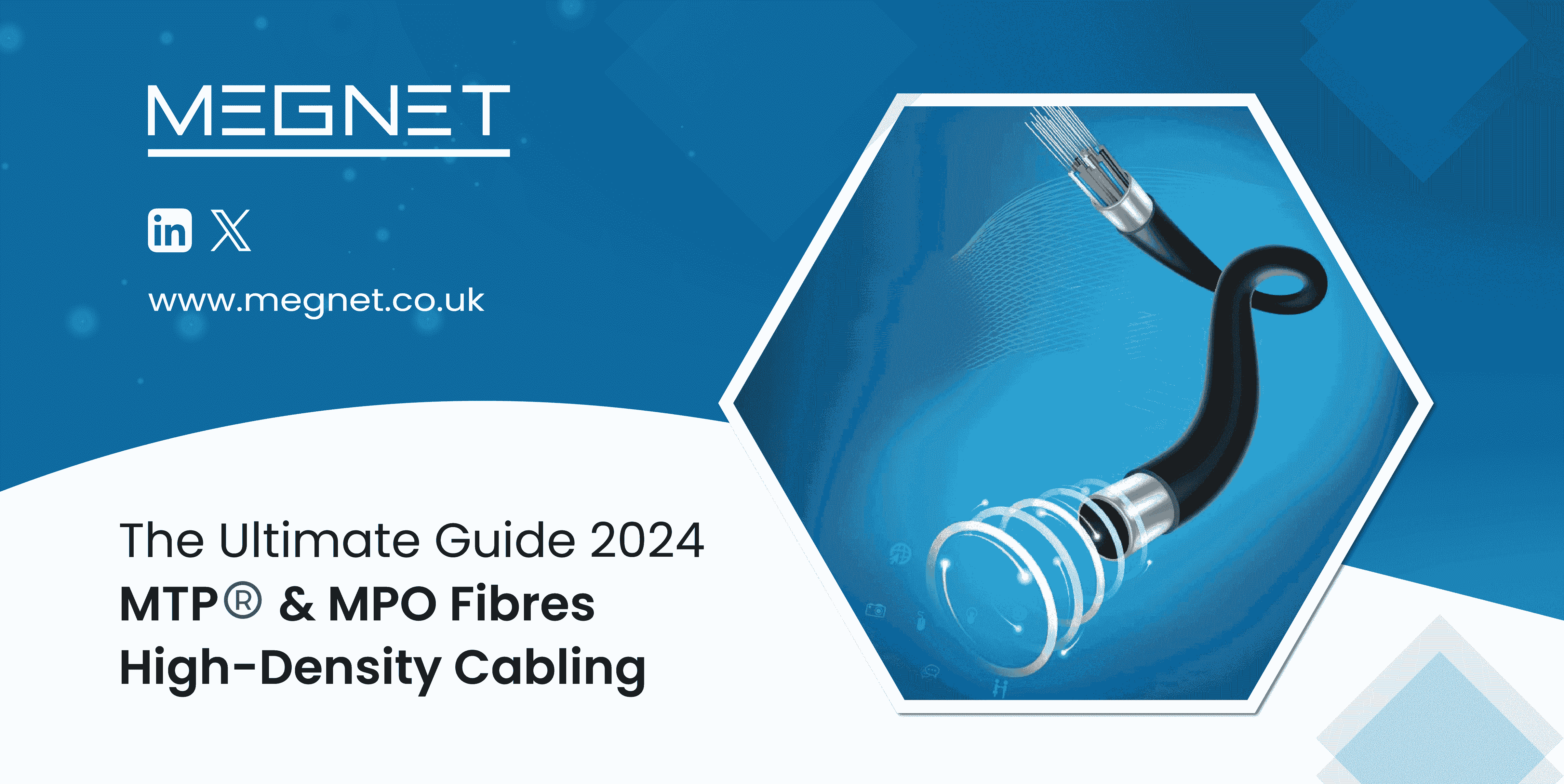
The Ultimate Guide 2024 | MTP® & MPO Fibres | High-Density Cabling
In today’s rapidly advancing technological landscape, the demand for high-speed, high-capacity data transmission is ever-growing. Whether it is for cloud computing, 5G networks, or artificial intelligence, data-intensive applications require reliable and efficient cabling solutions to support their performance and scalability.
One of the key solutions meeting this demand is through the implementation of MTP® & MPO Fibres in high-density cabling setups. These fibres are designed to offer superior speed, density, and efficiency compared to traditional cabling solutions. In this blog post, we will explore what MTP® & MPO Fibres are, how they work, and why they are essential for modern networking environments.
What are MTP® & MPO Fibres?
MTP® (Mechanical Transfer Pull-off) and MPO (Multi-fiber Push-On) Fibres are types of fibre optic connectors that allow multiple fibres to be terminated in a single connector. They are based on the same design and functionality, but MTP® is a registered trademark of US Conec, while MPO is a generic term that refers to any multi-fibre connector that complies with the IEC-61754-7 and EIA/TIA-604-5 standards.
MTP® & MPO Fibres differ from traditional cabling solutions in several ways. First, they use ribbon cables that contain 8, 12, 16, 24, 32, or 64 fibres in a flat array, rather than individual cables that contain one or two fibres. Second, they use a push-pull mechanism that allows for easy and secure connection and disconnection, rather than a screw-on or snap-on mechanism that requires more force and time. Third, they use a ferrule that aligns and guides the fibres into the connector, rather than a ceramic sleeve that holds the fibres in place.
Why are MTP® & MPO Fibres Important for High-Density Cabling?
High-density cabling refers to the practice of installing as many cables as possible in a given space, such as a rack, cabinet, or panel. This is important for modern networking environments, as it allows for more data to be transmitted and received, more devices to be connected, and more flexibility and scalability to be achieved.
MTP® & MPO Fibres contribute to achieving high-density cabling solutions in several ways. First, they offer higher bandwidth and lower attenuation than traditional cabling solutions, which means they can support faster and longer data transmission. For example, a single MTP® & MPO connector can support up to 400 Gbps, while a single LC connector can support up to 10 Gbps. Second, they offer higher density and lower weight than traditional cabling solutions, which means they can fit more fibres in a smaller space and reduce the load on the infrastructure. For example, a single MTP® & MPO connector can accommodate up to 64 fibres, while a single LC connector can accommodate up to 2 fibres. Third, they offer higher efficiency and lower complexity than traditional cabling solutions, which means they can simplify the installation and maintenance process and reduce the risk of errors and failures. For example, a single MTP® & MPO connector can replace up to 32 LC connectors, which reduces the number of components, connections, and cables required.
How are MTP® & MPO Fibres Used in Various Industries and Applications?
MTP® & MPO Fibres have diverse applications across various industries and sectors, such as telecommunications, data centers, healthcare, education, and entertainment. Here are some examples of how high-density cabling with these fibres has been instrumental in different scenarios:
Telecommunications: MTP® & MPO Fibres are widely used in the backbone and access networks of telecommunications providers, as they enable the delivery of high-speed broadband services, such as 5G, to millions of customers. They also facilitate the interconnection of various network elements, such as switches, routers, and servers, and the integration of different network technologies, such as optical, wireless, and copper.
Data Centres: MTP® & MPO Fibres are essential for the operation and expansion of data centers, as they support the massive amount of data that is generated, processed, stored, and distributed by cloud computing, big data, and artificial intelligence applications. They also enable the optimization of the physical and logical layout of the data center, as they allow for more efficient use of space, power, cooling, and cabling resources.
Healthcare: MTP® & MPO Fibres are beneficial for the healthcare industry, as they enable the transmission and sharing of high-quality medical images, such as X-rays, MRI scans, and CT scans, among different locations and devices. They also support the development and deployment of telemedicine and remote monitoring solutions, which improve the accessibility and quality of healthcare services for patients and providers.
Education: MTP® & MPO Fibres are advantageous for the education sector, as they enable the delivery and consumption of high-definition multimedia content, such as videos, podcasts, and e-books, among students and teachers. They also support the implementation and integration of e-learning and smart classroom solutions, which enhance the learning experience and outcomes for learners and educators.
Entertainment: MTP® & MPO Fibres are useful for the entertainment industry, as they enable the production and distribution of high-resolution audio and video content, such as movies, music, and games, among different platforms and devices. They also support the creation and enjoyment of immersive and interactive experiences, such as virtual reality and augmented reality, which enrich the entertainment value and quality for consumers and creators.
What are the Benefits of MTP® & MPO Fibres?
MTP® & MPO Fibres offer several benefits for businesses and organizations that adopt these solutions for their networking needs. Some of these benefits are:
- Increased Bandwidth: MTP® & MPO Fibres can support higher data rates and lower latency than traditional cabling solutions, which means they can handle more data and deliver it faster and more reliably. This improves the performance and productivity of the network and the applications that run on it.
- Quicker Deployment: MTP® & MPO Fibres can reduce the installation time and cost of the network, as they require fewer components, connections, and cables than traditional cabling solutions. This also reduces the labor and skill requirements for the installation and maintenance of the network.
- Enhanced Reliability: MTP® & MPO Fibres can improve the reliability and availability of the network, as they have lower failure rates and higher durability than traditional cabling solutions. This also reduces the downtime and disruption of the network and the applications that depend on it.
- Cost-Effectiveness: MTP® & MPO Fibres can lower the total cost of ownership and increase the return on investment of the network, as they have lower initial and operational costs than traditional cabling solutions. This also reduces the environmental impact of the network, as they consume less energy and generate less waste than traditional cabling solutions.
What are the Technical Specifications of MTP® & MPO Fibres?
MTP® & MPO Fibres have various technical specifications that determine their suitability and compatibility with different networking equipment and environments. Some of these specifications are:
- Fibre Count: MTP® & MPO Fibres can have different fiber counts, ranging from 8 to 64 fibres per connector. The fiber count affects the data capacity and density of the connector, as well as the size and weight of the cable. Generally, higher fiber counts are preferred for higher data rates and higher density applications, while lower fiber counts are preferred for lower data rates and lower density applications.
- Connector Type: MTP® & MPO Fibres can have different connector types, such as male, female, or key-up/key-down. The connector type affects the polarity and alignment of the connector, as well as the compatibility with other connectors and adapters. Generally, male connectors have pins that mate with female connectors, while key-up/key-down connectors have a key that determines the orientation of the connector.
- Fiber Type: MTP® & MPO Fibres can have different fiber types, such as single-mode or multimode. The fiber type affects the wavelength and distance of the data transmission, as well as the performance and quality of the signal. Generally, single-mode fibers are preferred for longer distances and higher wavelengths, while multimode fibers are preferred for shorter distances and lower wavelengths.
- Cable Type: MTP® & MPO Fibres can have different cable types, such as round or ribbon. The cable type affects the flexibility and manageability of the cable, as well as the appearance and aesthetics of the cable. Generally, round cables are preferred for more flexible and easier routing, while ribbon cables are preferred for more compact and neater cabling.
How are MTP® & MPO Fibres Installed and Maintained?
MTP® & MPO Fibres have a relatively simple and straightforward installation and maintenance process, compared to traditional cabling solutions. However, there are still some best practices and potential challenges that need to be considered and addressed. Some of these are:
Best Practices: Some of the best practices for installing and maintaining MTP® & MPO Fibres are:
- Plan the network design and layout before the installation, taking into account the data requirements, space constraints, and future scalability of the network.
- Use proper tools and equipment for the installation, such as cable trays, patch panels, and cable management accessories, to ensure the safety and security of the network.
- Test the network performance and quality after the installation, using appropriate testing devices and methods, to verify the functionality and reliability of the network
- Clean the connectors and cables regularly, using appropriate cleaning tools and methods, to prevent dust and dirt from affecting the signal quality and causing damage to the network.
- Label the connectors and cables clearly, using standard colour codes and naming conventions, to facilitate the identification and troubleshooting of the network.
- Document the network configuration and changes, using proper records and diagrams, to keep track of the network status and performance over time.
Potential Challenges: Some of the potential challenges for installing and maintaining MTP® & MPO Fibres are:
- Polarity Management: Polarity management refers to the correct alignment and orientation of the fibres and connectors in the network, to ensure that the data is transmitted and received correctly. MTP® & MPO Fibres have different polarity schemes, such as A, B, and C, that need to be matched and configured properly, depending on the network topology and equipment.
- Connector Compatibility: Connector compatibility refers to the ability of the connectors to mate and interoperate with other connectors and adapters in the network, without causing physical or performance issues. MTP® & MPO Fibres have different connector types, such as male, female, or key-up/key-down, that need to be compatible and aligned properly, depending on the network design and layout.
- Cable Management: Cable management refers to the organization and arrangement of the cables in the network, to ensure the optimal use of space and resources. MTP® & MPO Fibres have different cable types, such as round or ribbon, that need to be managed and routed properly, depending on the network size and complexity.
What are the Future Trends and Innovations of MTP® & MPO Fibres?
MTP® & MPO Fibres are constantly evolving and improving, as the technology and demand for high-density cabling solutions advance and grow. Some of the future trends and innovations of MTP® & MPO Fibres for 2024 and beyond are:
- Higher Fibre Counts: Higher fibre counts, such as 72, 96, or 128 fibres per connector, are expected to emerge and become more prevalent, as the data rates and density requirements increase and the connector sizes and weights decrease. This will enable more data to be transmitted and received in a smaller and lighter connector, enhancing the efficiency and scalability of the network.
- Higher Data Rates: Higher data rates, such as 800 Gbps, 1.6 Tbps, or 3.2 Tbps, are expected to be supported and achieved, as the fibre types and connector designs improve and the signal quality and reliability enhance. This will enable faster and longer data transmission in a single connector, improving the performance and productivity of the network and the applications that run on it.
- Higher Flexibility: Higher flexibility, such as bend-insensitive fibres, breakout cables, and hybrid connectors, are expected to be developed and adopted, as the network environments and configurations vary and change. This will enable more versatile and adaptable cabling solutions that can suit different network needs and scenarios, simplifying the installation and maintenance process and reducing the risk of errors and failures.
Conclusion
MTP® & MPO Fibres are revolutionary cabling solutions that offer superior speed, density, and efficiency for high-density networking environments. They are designed to support higher bandwidth and lower attenuation, higher density and lower weight, and higher efficiency and lower complexity than traditional cabling solutions. They have diverse applications across various industries and sectors, such as telecommunications, data centers, healthcare, education, and entertainment. They also offer several benefits, such as increased bandwidth and quicker deployment, enhanced reliability and cost-effectiveness, and improved scalability and flexibility. They have various technical specifications, such as fiber count, connector type, and cable type, that determine their suitability and compatibility with different networking equipment and environments. They have a relatively simple and straightforward installation and maintenance process, but they also have some best practices and potential challenges that need to be considered and addressed. They are constantly evolving and improving, as the technology and demand for high-density cabling solutions advance and grow.
If you are looking for a cabling solution that can meet your networking needs in the evolving digital landscape, MTP® & MPO Fibres are the way to go. They are the future of high-density cabling, and they are here to stay. Contact us today to find out more about our MTP® & MPO Fibres products and services, and how we can help you achieve your networking goals.
FAQ's
Both are high-fiber count connector systems for data centers. MTP® is an improved version of MPO with better performance.
They offer high density, speed, and efficiency compared to traditional cabling solutions.
Common options are 8, 12, and 24 fibers, with specialized systems reaching 72 fibers.
MTP® connectors offer superior optical and mechanical performance over MPO connectors.
MTP®/MPO cables come in different polarity types (A, B, C) to maintain signal transmission direction.
They are ideal for high-bandwidth and high-density data center and LAN applications.
While the initial cost can be higher, Megnet offers savings and potentially lower long-term costs.
Yes, MTP®/MPO offers flexibility for changes and upgrades within your data center cabling.
Fiber count, polarity type, and quality (look for low-loss connectors and bend-insensitive fibers).
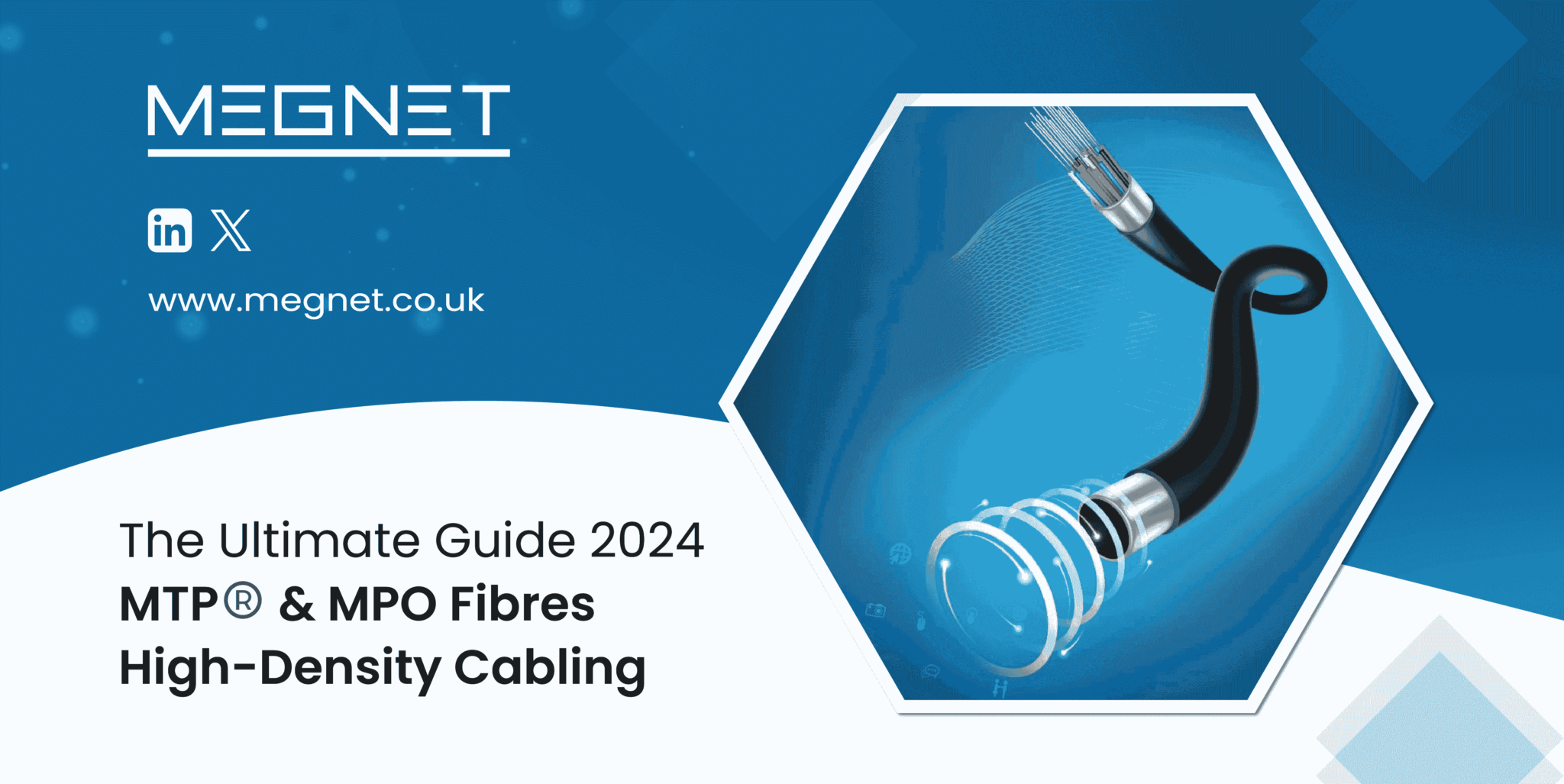

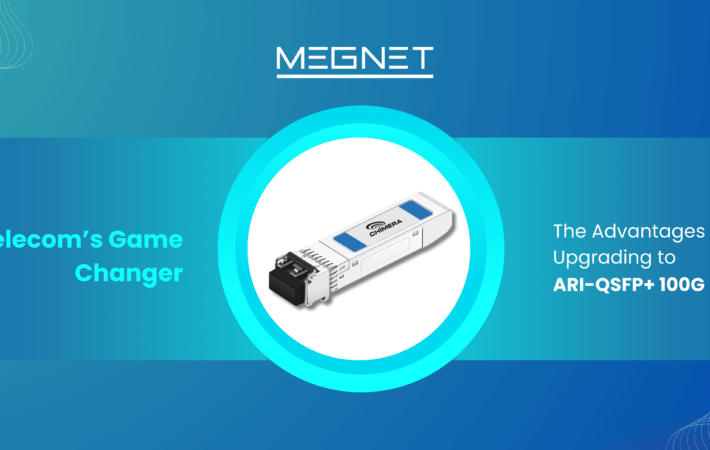

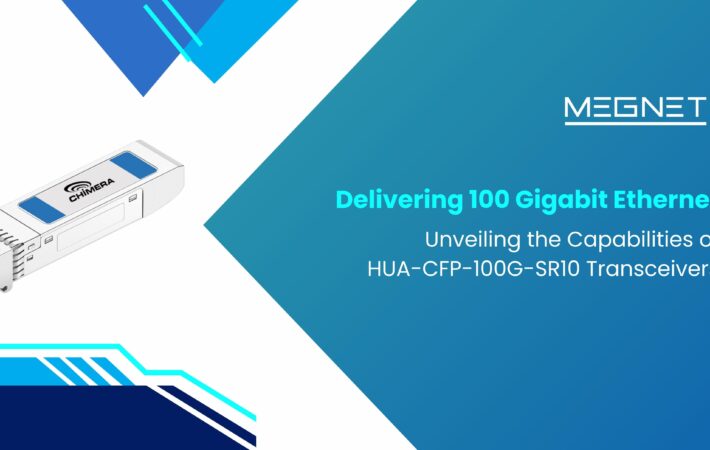
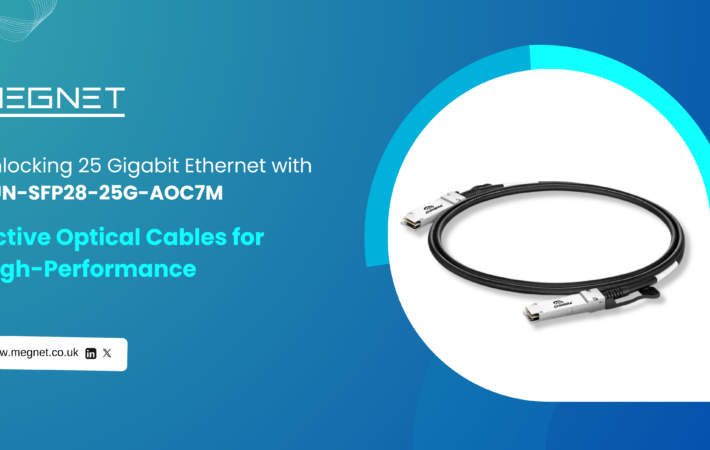
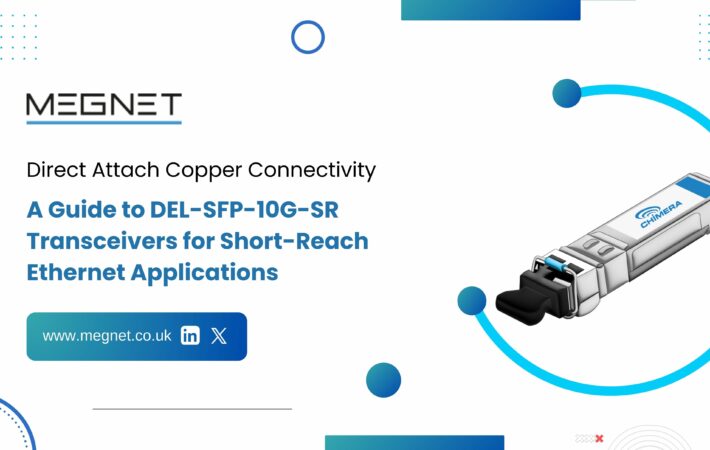


Leave a comment
Your email address will not be published. Required fields are marked *